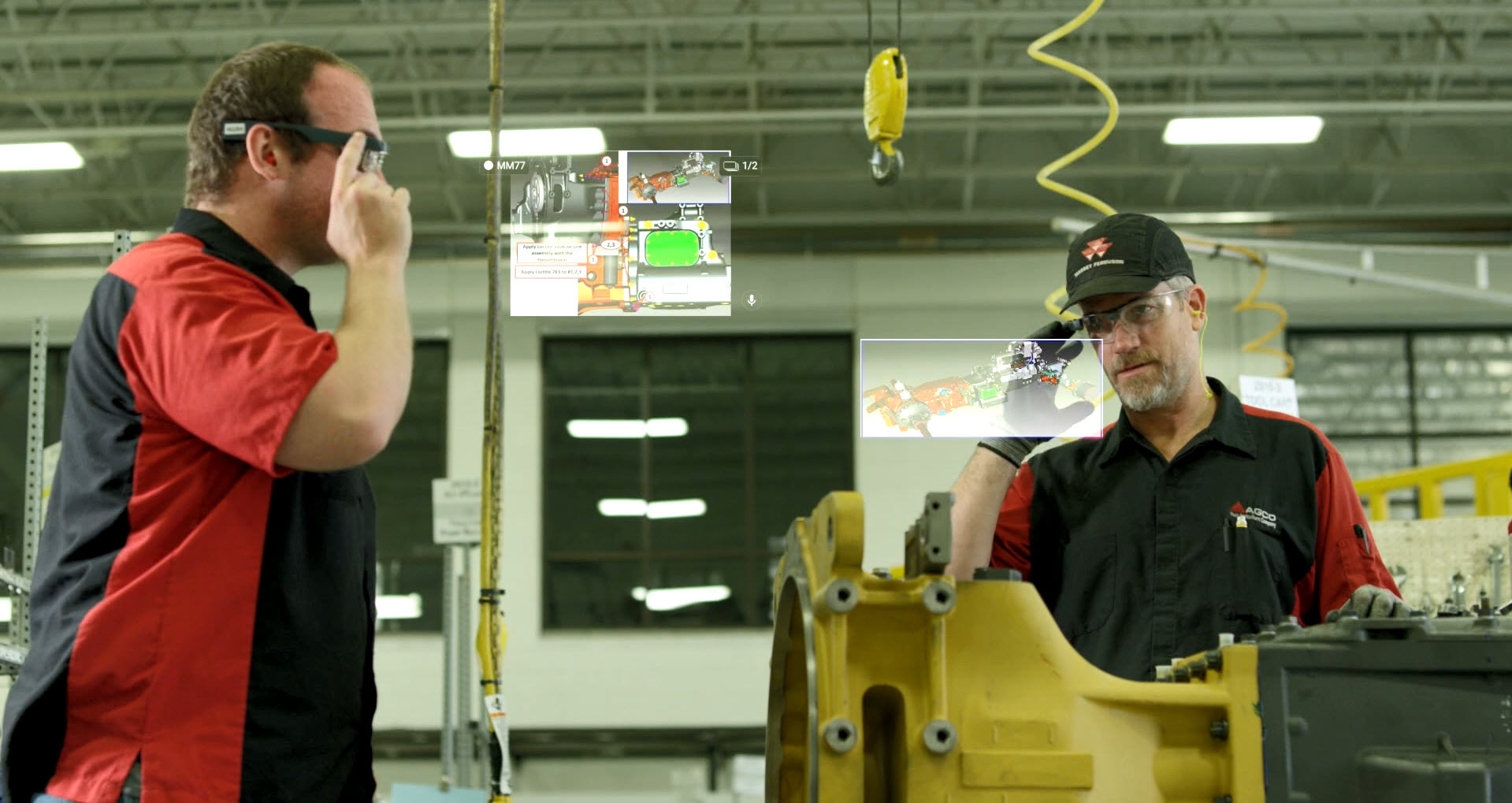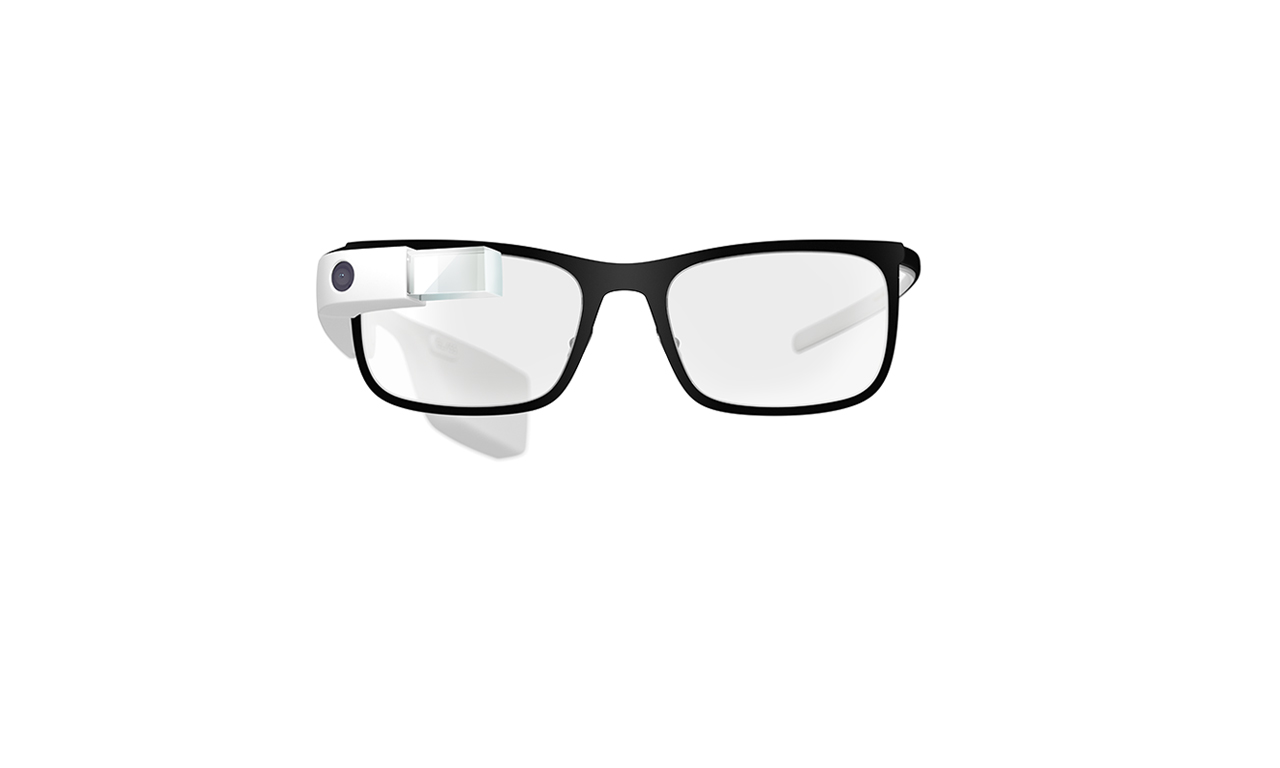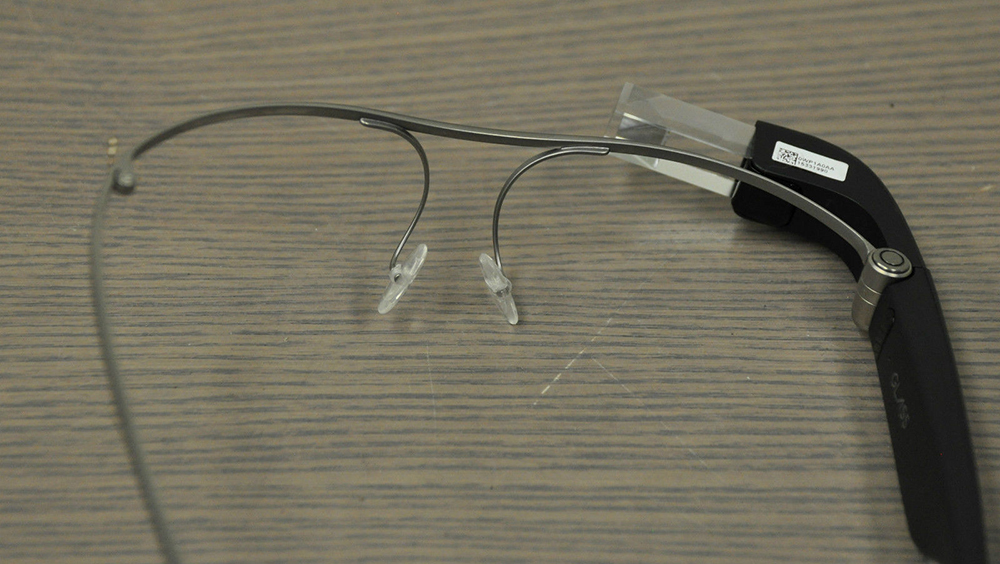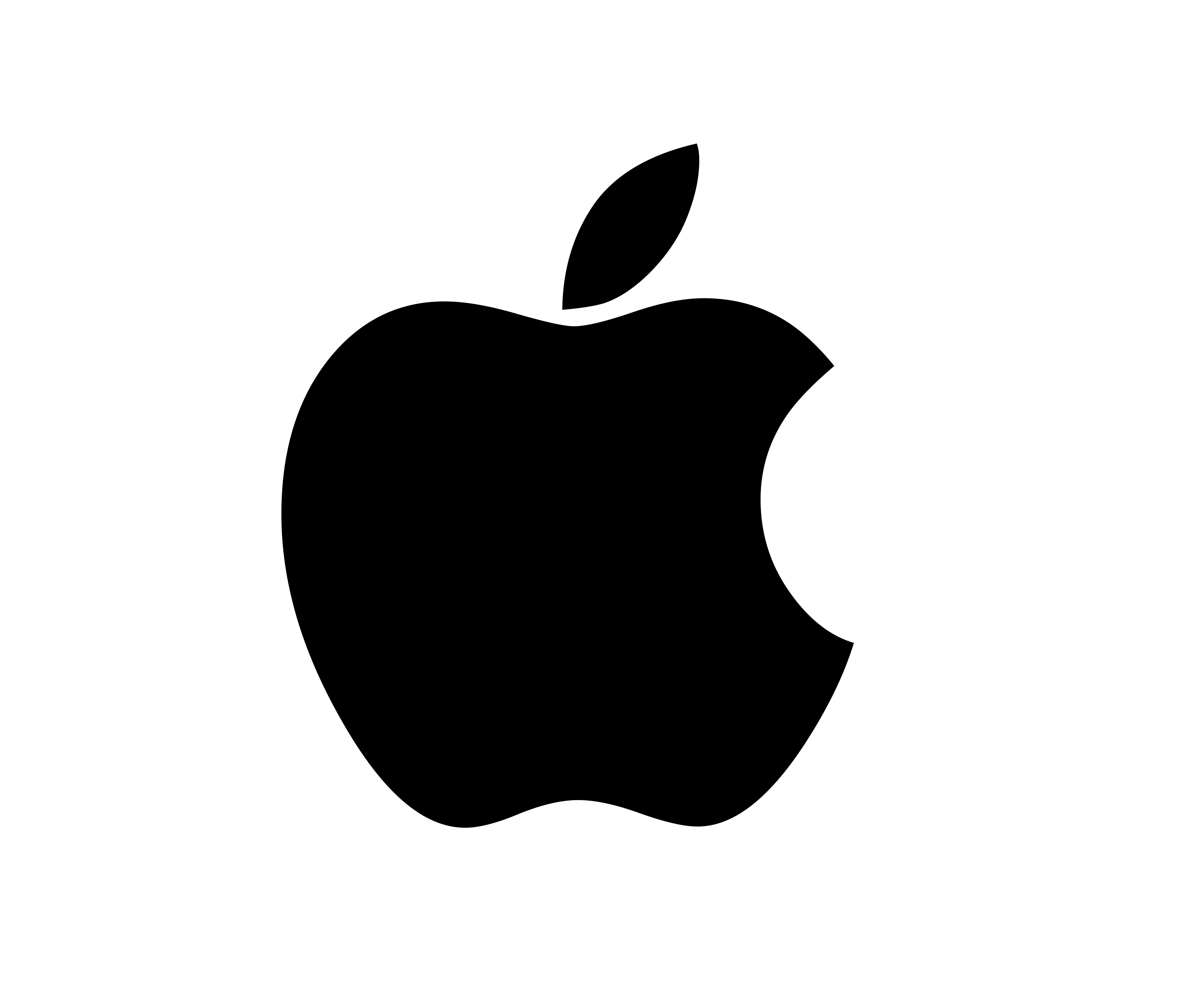Is Google Glass set to make a workplace comeback?
A new business version of the smart specs will be released in 2016, it is claimed


A new version of Google Glass targeted at the workplace could be released next year, according to reports.
Google's latest iteration of Glass, called the Enterprise edition internally, may take the form of a detachable mini-computer that can be swapped between different pairs of glasses, according to the Wall Street Journal.
Battery life has also been upped to two hours, and improvements made to speed and wireless connectivity, while 9to5mac claimed the new model will be water-resistant, and feature a hinge allowing the computer and battery to fold down like a regular set of specs.
The glass panel onto which images are projected is now longer and thinner than on the original Explorer edition, and can be moved up and down as well as side to side.
But the wider public won't be able to get their hands on the new Glass until later in 2016, with the device being sent to select businesses to use in the office.
The reports come after the new head of the Glass development, Nest CEO Tony Fadell, admitted the early release of the Google Glass Explorer edition was a misstep for the wearable.
In an interview with the BBC, Fadell said that future test versions of the device will be kept exclusively in-house, despite Google's general practice of allowing users to try beta versions of its products before launching full versions.
Sign up today and you will receive a free copy of our Future Focus 2025 report - the leading guidance on AI, cybersecurity and other IT challenges as per 700+ senior executives
"If you are only doing services based on electrons, you can iterate quickly, test it, and modify it and get it right," he said.
"But when you are dealing with actual atoms hardware and you have to get manufacturing lines and it takes a year or more to develop that product, you better understand what it is and what it's trying to do and specifically what it's not going to do.
"Customers have to spend money to buy those atoms. They want something that delivers value or you end up with a real disappointment and you can spoil the market."
Fadell, who started leading the Glass development team in January, believes the device could be "as important as the iPod and the iPhone", but will take more time and work to get right. This stance is a far cry from April 2012, when the device was first revealed by Google, promising to transform daily life.
Early reviews panned the prototype for its disappointing battery life, while privacy issues were raised over users wearing the headset in public spaces.
Production eventually stopped in February 2015, with the design set for a business-oriented overhaul, a move predicted by IT Pro.
In fact, its potential for business use remains promising, especially in the healthcare industry, and Google has actively courted interest in the enterprise.
A spokesperson told IT Pro late last year: "The goal of the Explorer program was to get Glass in the hands of all types of people from parents to chefs, firefighters to surgeons, and see how they use the device in the world. It's still early days but the potential for Glass in various industries is massive. We're inspired by the different use cases we've seen and excited about those to come."
Caroline has been writing about technology for more than a decade, switching between consumer smart home news and reviews and in-depth B2B industry coverage. In addition to her work for IT Pro and Cloud Pro, she has contributed to a number of titles including Expert Reviews, TechRadar, The Week and many more. She is currently the smart home editor across Future Publishing's homes titles.
You can get in touch with Caroline via email at caroline.preece@futurenet.com.
-
 Google drops $4.75bn on data center and energy firm Intersect
Google drops $4.75bn on data center and energy firm IntersectNews The investment marks the latest move from Google to boost its infrastructure sustainability credentials
-
 OpenAI says prompt injection attacks are a serious threat for AI browsers
OpenAI says prompt injection attacks are a serious threat for AI browsersNews OpenAI details efforts to protect ChatGPT Atlas against prompt injection attacks
-
 Google Glass Enterprise Edition targets key business verticals
Google Glass Enterprise Edition targets key business verticalsNews Google brings wearable back from the dead with business-focused successor
-
 Does a Google Glass firmware update signal a comeback?
Does a Google Glass firmware update signal a comeback?News Google's ill-fated wearable could be set to return
-
 Google Glass enterprise edition goes up for sale on eBay
Google Glass enterprise edition goes up for sale on eBayNews Unreleased headset selling for over $7,000
-
 Google could be planning to expand Google Glass family
Google could be planning to expand Google Glass familyRumours One Google Glass wasn’t enough, with the company reportedly planning to develop an entire product range
-
 Is Google Glass dead?
Is Google Glass dead?News Despite Google ending its Explorer programme, the smart glasses are still in development
-
 Virgin Atlantic trials Sony SmartWear to boost communication
Virgin Atlantic trials Sony SmartWear to boost communicationNews Heathrow-based engineers will get updates on the SmartWatch and take pictures with the SmartEyeglass
-
 Google Glass sales to stop, with device set for design overhaul
Google Glass sales to stop, with device set for design overhaulNews Google Glass is being withdrawn from sale, as reports of redesign “from scratch” surface
-
 Apple patents ‘bendy’ iPhone and smart glasses
Apple patents ‘bendy’ iPhone and smart glassesNews Apple now has patents for a flexible iPhone and smart glasses, hinting at future direction
